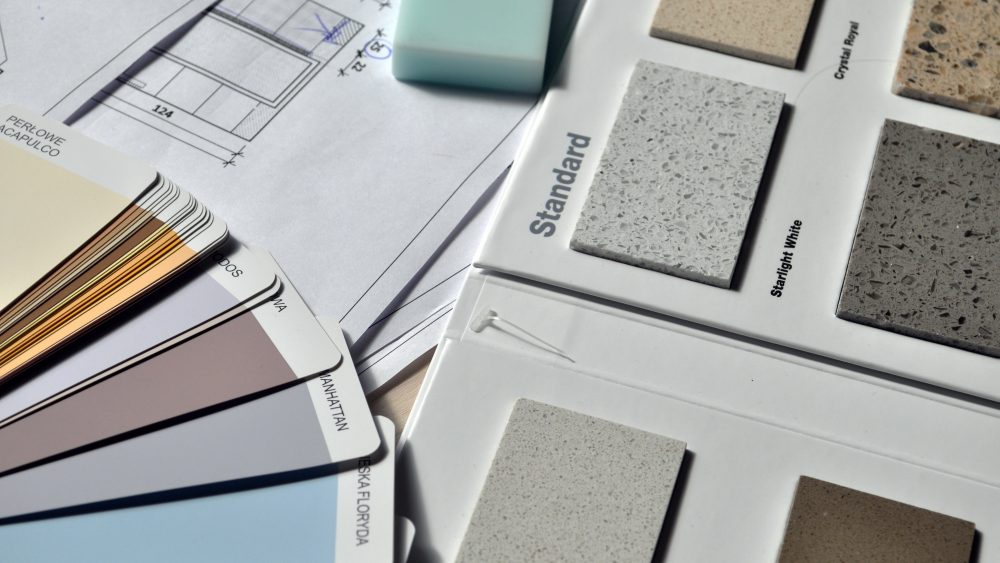Renovating can be exciting; not only can it add to the fair market value of your home, but it can also make spaces in your home more useable and liveable.
Here are our tips towards creating a realistic renovation budget:
Establishing a Budget
Prior to making any plans, first create a budget that works for you. Consider savings and borrowed amounts; if required meet with a financial planner to outline a realistic budget.
Budgets should include:
- Permits & fees
- Demolition
- Labour
- Materials
- Electrical
- Plumbing
- HVAC
- Insulation
- Finishes
- Flooring
- Painting
- Fixtures
- Cabinetry
Don’t forget to consider additional costs such as waste removal, rentals, lighting, storage, appliances, and furniture.
Plan & Research
Once a budget has been determined, you can build a plan that fits within the constraints of your financial situation.
Your plan should take the following into considerations:
Vision
Be sure to outline the desired end results of your renovation. Be sure to list ALL your expectations, and to list them in order of prioritization. That way, if required, you’ll know what can be cut from the project if unanticipated costs arise.
Condition of the Space
When creating a budget, it is important to consider the condition of the space and the home in which you are renovating. If the home is older, bringing the space up to current building codes may be costlier than if the home is a newer build.
Space Measurements
Be sure to get precise measurements of the space. This will enable you to get realistic estimates from contractors and subcontractors.
Anticipated Increase in Value
At what value are homes in your neighbourhood valued? Will renovating this space increase your house in value? If so, by how much? Will the investment be worthwhile if you choose to sell in the near future? These are all questions that you’ll want to ask yourself to determine the anticipated increase in value in your home. If required, speak to a house appraiser to assist in identifying the current and anticipated future value of your home.
Include a Buffer
Don’t make a crucial mistake and forget to include a buffer in your budget. Experts recommend setting aside 20-25% of your budget to account for waste and contingencies.
Thoughts?
What did you include in your home renovation budget? Did the costs come in as expected, or did you fall below/above your initial budget? Share your experiences in the comments below.


Comments are closed.